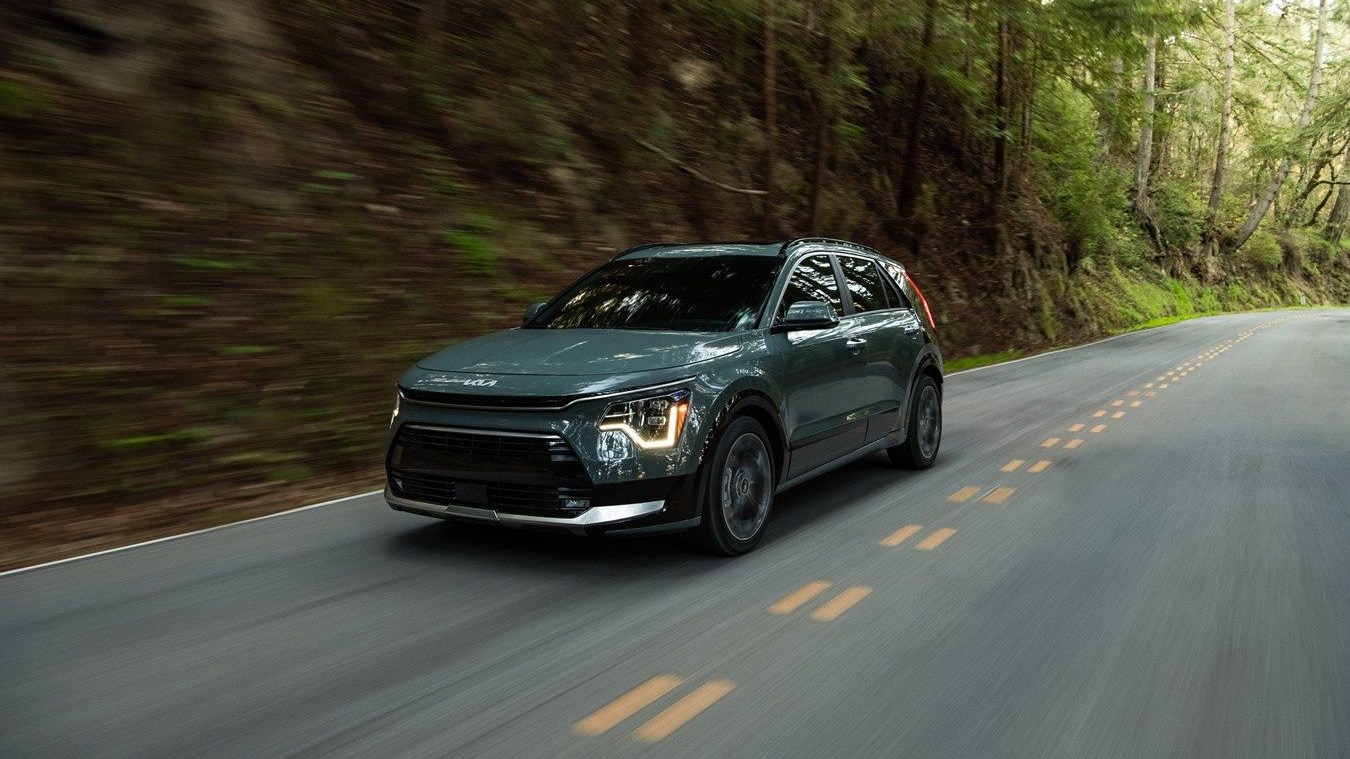As a system for charging electric vehicles from your home however, solar is much more effective, particularly for those in sunny climates. Houses have much larger areas to which solar panels can be mounted. As it turns out though, they aren't as efficient as they could be, thanks to a discovery made by a 13-year old student from New York.
7th grade student Aidan Dwyer came up with a new design for solar panels after studying nature. He researched an 18th century sequence of numbers known as the Fibonacci sequence that's also found replicated frequently in nature with the ratio 1.618, also known as "phi" or the "divine number". The ratio is found everywhere from the coils of a nautilus shell and falcon flight patterns to the positioning of leaves on a tree branch that allow the most sunlight for photosynthesis.
Computer modelling allowed Aidan to design a tree-like structure of solar panels which he then built, along with a control array, using the same number of solar cells but arranged in the traditional flat, 45-degree arrangement.
Despite testing under unfavourable conditions from October through December, Aidan's tree-inspired solar array generated 20 percent more electricity than the flat panel system and was able to collect light for 2.5 more hours per day.
During winter when light conditions were lowest, the tree-like array generated 50 percent more electricity and collected 50 percent more sunlight during the day. Aidan speculates that just like a real tree, the arrangement allows the panels to better track the sun as it moves across the sky during the day.
Clearly, a tree-like solar array is an impractical structure for mounting on a car, but for use as a home-mounted system as an aid to charging electric cars and plug-in hybrid electric vehicles, there could well be something to it. With a system considerably more efficient than today's solar panels you'd generate more electricity than before whilst needing less physical space for the array.
It would also make a lot more sense in regions where sunlight isn't as easy to come by or where there isn't the space for a large, 45-degree panel.
The benefits of solar panels are obvious - they move us towards truly zero-emission transport, so advances in renewable energy technology are incredibly important.
We're often told to reduce energy for the benefit of our children and grandchildren, but sometimes an inquisitive mind and the inspiration of nature means the next generation is already a step ahead of us...



